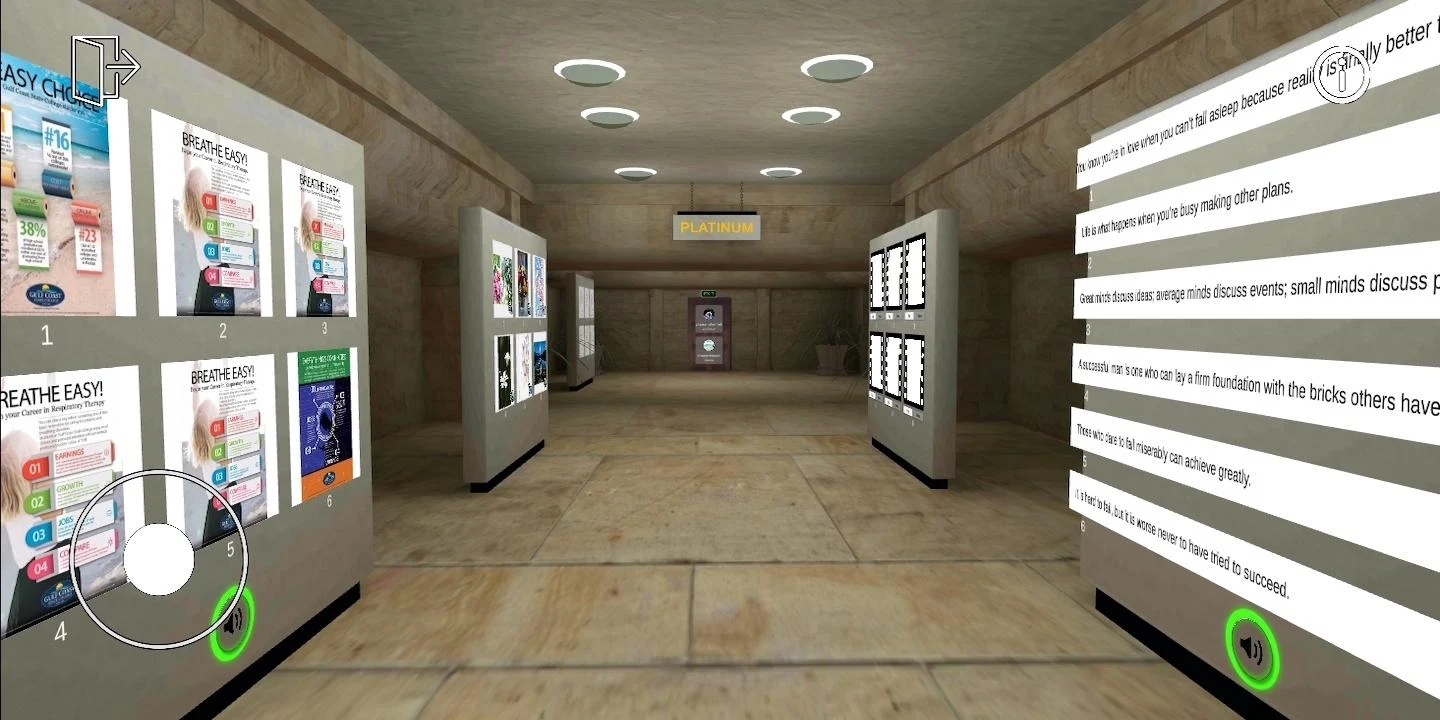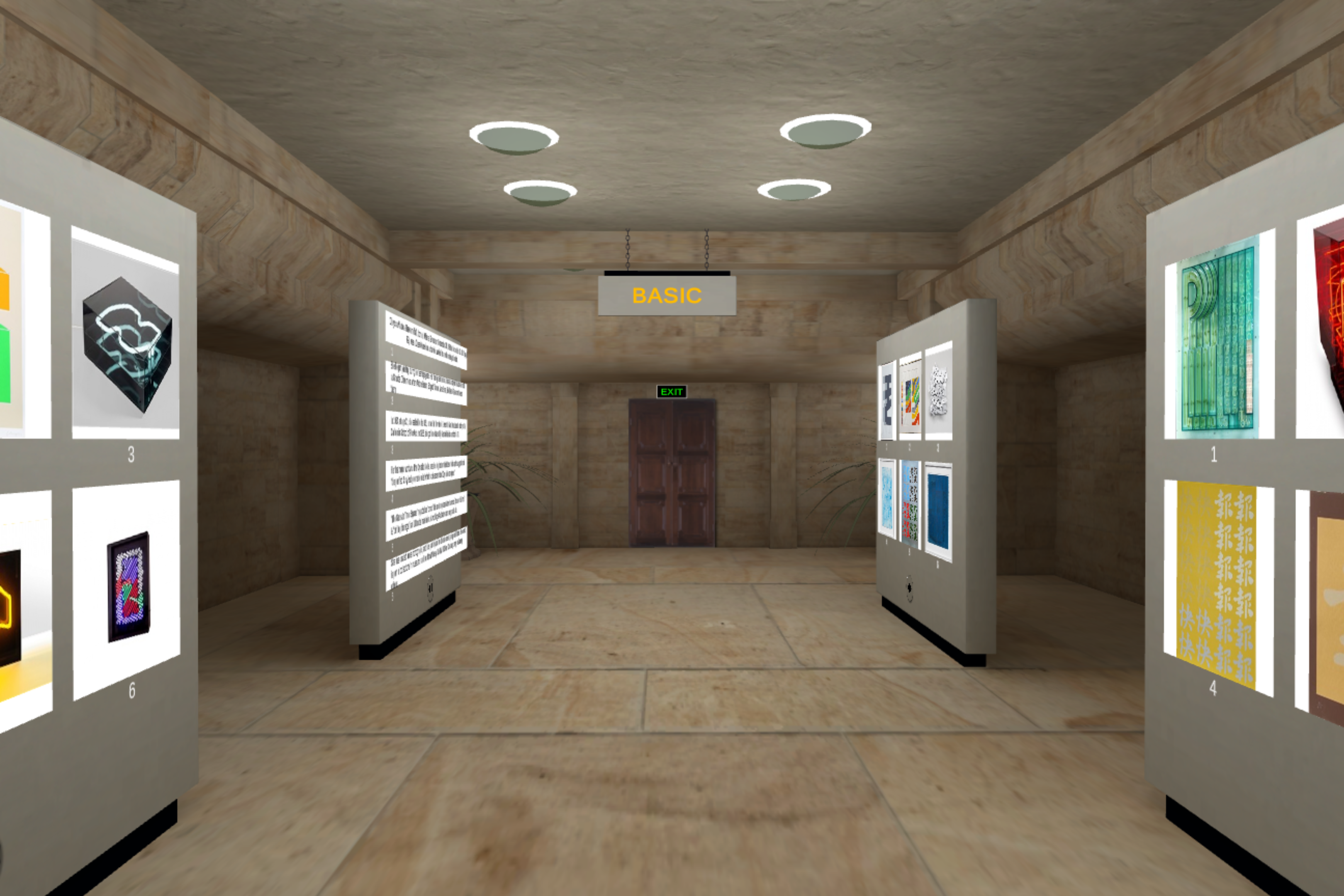How we perceive and engage with exhibitions has undergone a significant transformation, contributing to the continuous evolution of the art world. Artistic masterpieces are no longer confined to traditional galleries and museums. The advancement of technology has ushered in a new era of art appreciation, characterized by the introduction of 3D virtual exhibitions. In this blog post, we will explore the exciting journey of 3D art exhibitions and how they transform our interaction with art.
From Traditional to Digital: The Genesis of 3D Virtual Exhibitions
In the past, art enthusiasts had to physically visit museums and galleries to witness the brilliance of renowned artists. While this provided an authentic experience, geographical constraints also limited it. The inception of 3D Virtual Exhibitions, however, marked a paradigm shift. These digital exhibitions allowed people worldwide to access art collections without leaving the comfort of their homes.
Immersive Experiences: Stepping Inside the Art
3D Virtual Exhibitions provide an immersive experience that captivates viewers. These exhibits use advanced technology to recreate the atmosphere of a traditional gallery space. Visitors can virtually stroll through art-filled halls, getting a sense of scale and proportion, and even “walk up” to the paintings, sculptures, or installations they find intriguing. This immersive quality bridges the gap between the viewer and the artwork, making the encounter more personal and engaging.
Accessibility and Inclusivity: Art for All
Traditional art exhibitions often exclude individuals with physical disabilities or those unable to travel. 3D Virtual Exhibitions break down these barriers by offering an inclusive platform for everyone. With features like audio descriptions and adaptive interfaces, these exhibitions ensure that art is accessible to a broader audience, regardless of physical limitations.
Curated Virtual Tours: The Guided Experience
Navigating a virtual art gallery can be daunting for some. To make the experience more user-friendly, many 3D Virtual Exhibitions offer curated virtual tours. These guided journeys provide valuable insights into the artworks, their historical context, and the artists themselves. It’s like having a knowledgeable curator by your side, enhancing your understanding and appreciation of the art on display.
Interactivity: Engaging with Art in New Ways
3D Virtual Exhibitions go beyond passive viewing. They incorporate interactive elements that allow visitors to engage with art in novel ways. Exhibitions offer viewers diverse experiences, from zooming in on intricate details to interacting with 3D models. These features promote a deeper exploration of art and foster a connection with the creative process.
Global Collaboration: Art Without Borders
The digital nature of 3D Virtual Exhibitions has opened up opportunities for global collaboration among artists and institutions. Artists worldwide can come together to create virtual exhibitions that transcend geographical boundaries. This promotes cultural exchange and showcases diverse perspectives and artistic styles.
Preserving Art for Posterity: A Digital Archive
While physical artworks can deteriorate over time, 3D Virtual Exhibitions offer a means of preserving art for future generations. These digital archives ensure that masterpieces are documented in great detail, making art able to withstand the test of time. Moreover, they can serve as valuable educational resources for students and researchers.
Art Commerce: The Digital Marketplace
3D Virtual Exhibitions have also revolutionized the art market. Galleries and artists use these platforms to showcase and sell their works to collectors worldwide. This has expanded the reach of emerging artists and democratized the art-buying experience.
Challenges and Future Prospects: The Road Ahead
While 3D Virtual Exhibitions offer numerous advantages, they are not without challenges. Issues such as digital art authenticity, copyright, and cybersecurity need addressing. As technology advances, we can expect even more sophisticated and secure virtual exhibition experiences in the future.
Conclusion:
The evolution of 3D Virtual Exhibitions has transformed the way we perceive and engage with art. Digital platforms have enabled everyone’s access, interaction, and inclusion while preserving valuable artistic treasures for future generations. With the evolution of technology, the potential for the future of art exhibitions is boundless. 3D Virtual Exhibitions have opened new horizons for experiencing and appreciating art, catering to art enthusiasts and casual viewers alike.




